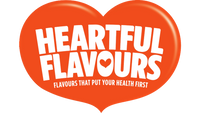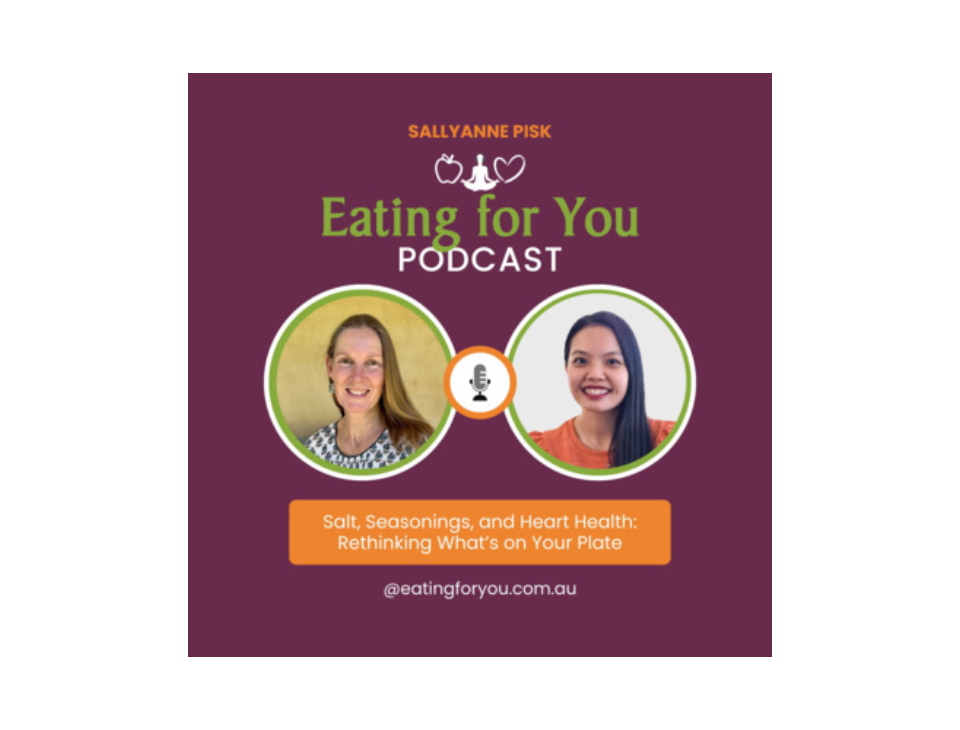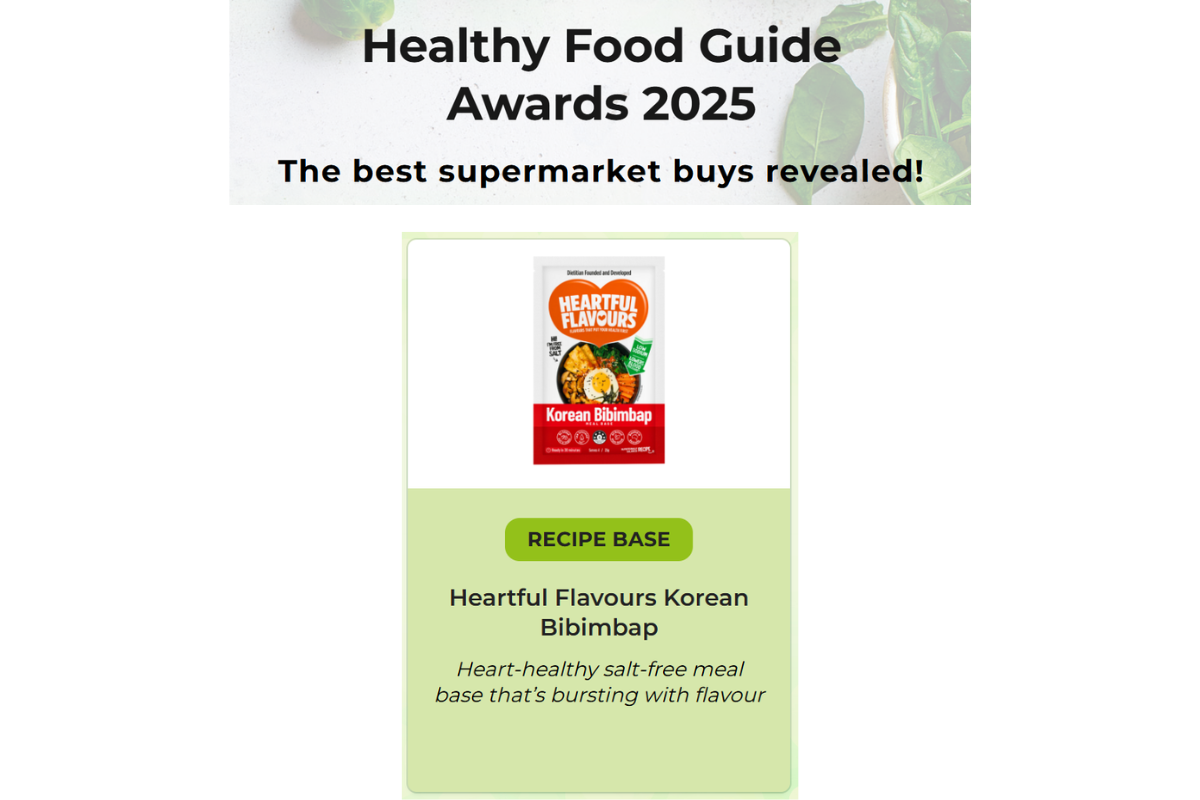Salt Myths: Debunked
Confused about all the hype on different supposedly 'healthy' salts?
- You most likely don't need extra salt. The average adult consumes 3600-4310mg daily which is double the recommended upper limit to reduce risks of chronic disease of <1500-2000mg and triple the adequate intake for physiological needs of 460-920mg (1). 75% of sodium in our diet comes from processed foods e.g. ready made meals, soups, bread, cereal, instant noodles, baked goods, pickled foods, processed or marinated meats, condiments, sauces. If you think this doesn't apply to you record your daily intake in a food diary app such as the free Easy Diet Diary to check your sodium intake.
- All salts are predominantly sodium chloride, in which the sodium can increase blood pressure, increase risks of heart disease, heart attack, stroke, kidney problems and stomach cancer (2). Salt contains 40% sodium and 60% chloride.
- Whatever minerals they are trying to rave about found in these 'magical/healing/health beneficial' salts is in trace amounts i.e. minimal e.g. celtic salt, sea salt, pink himalayan salt, rock salt. You are better off finding these nutrients and more from foods such as by following a healthy dietary pattern that is also naturally low in sodium including vegetables, fruits, wholegrains, legumes, nuts, seafood, limiting processed meats and discretionary, and is associated with reducing risks of all-cause mortality (3,4,5).
- Replace salt with herbs and spices. This messaging is all over reputable health organisations and health professionals websites/socials. Most of the time common sense is what we need: not sexy nor a fad but it is what we need.
- Train your taste buds to adapt to a lower sodium diet. Because of our food environment, with high sodium intake we can have reduced salt taste sensitivity. Reverse this by reducing the amount of salt you add and have some low sodium foods from time-to-time so your taste buds can taste the difference and get used to the natural flavours of foods. Salt taste sensitivity can be improved in as little as 1-4 weeks (6,7). "Low sodium/low salt" is defined by <120mg of sodium per 100g (8).
The World Health Organisation and all 194 WHO member states are focused on a 30% relative reduction in sodium intake by 2025 (9).
Why?
- Globally, high sodium intake was associated with 1.89 million deaths and 44.87 million (disability-adjusted life years) DALYs each year (2).
- For high sodium intake‐related cardiovascular disease was associated with 1.72 million deaths and 40.54 million DALYs each year (10).
- Reducing sodium intake is one of the most cost-effective measures to improve health and reduce the burden of non-communicable diseases: for every US$ 1 invested in scaling up sodium reduction interventions, there will be a return of at least US$ 12 (9).
- Hence, implementing the WHO recommended sodium intake reduction may save over two million deaths by 2025 and seven million deaths by 2030 (9).
Sources:
- National Health and Medical Research Council (2017). Sodium. NHMRC.
- Chen X, Du J, Wu X, Cao W, Sun S. Global burden attributable to high sodium intake from 1990 to 2019. Nutr Metab Cardiovasc Dis. 2021 Nov 29;31(12):3314-3321. doi: 10.1016/j.numecd.2021.08.033. Epub 2021 Aug 16. PMID: 34627699.
- Luong R, Ribeiro RV, Naganathan V, Blyth F, Waite LM, Handelsman DJ, Le Couteur DG, Seibel M, Hirani V. Empirically derived dietary patterns are associated with major adverse cardiovascular events, all-cause mortality, and congestive cardiac failure in older men: The Concord Health and Ageing in Men Project. J Nutr Health Aging. 2024. Published online 01/01/24.
- English LK, Ard JD, Bailey RL, Bates M, Bazzano LA, Boushey CJ, Brown C, Butera G, Callahan EH, de Jesus J, Mattes RD, Mayer-Davis EJ, Novotny R, Obbagy JE, Rahavi EB, Sabate J, Snetselaar LG, Stoody EE, Van Horn LV, Venkatramanan S, Heymsfield SB. Evaluation of Dietary Patterns and All-Cause Mortality: A Systematic Review. JAMA Netw Open. 2021 Aug 2;4(8):e2122277. doi: 10.1001/jamanetworkopen.2021.22277. PMID: 34463743
- Boushey C, Ard J, Bazzano L, Heymsfield S, Mayer-Davis E, Sabaté J, Snetselaar L, Van Horn L, Schneeman B, English LK, Bates M, Callahan E, Venkatramanan S, Butera G, Terry N, Obbagy J. Dietary Patterns and All-Cause Mortality: A Systematic Review [Internet]. Alexandria (VA): USDA Nutrition Evidence Systematic Review; 2020 Jul. PMID: 35258870.
- Kusaba T, Mori Y, Masami O, et al. Sodium restriction improves the gustatory threshold for salty taste in patients with chronic kidney disease. Kidney Int. 2009;76(6):638-643. doi:10.1038/ki.2009.214. PMID: 19516246
- Cattaneo C, Mambrini SP, Gilardini L, Scacchi M, Pagliarini E, Bertoli S. Impact of 4-week of a restricted Mediterranean diet on taste perception, anthropometric, and blood parameters in subjects with severe obesity. Front Nutr. 2023;10:1196157. Published 2023 Aug 25. doi:10.3389/fnut.2023.1196157. PMID: 37693245
- Food Standards Australia New Zealand (2023). How much sodium is in Australian foods? FSANZ.
- World Health Organisation. Sodium reduction (2023). WHO.
- Wang K, Jin Y, Wang M, Liu J, Bu X, Mu J, Lu J. Global cardiovascular diseases burden attributable to high sodium intake from 1990 to 2019. J Clin Hypertens (Greenwich). 2023 Sep;25(9):868-879. doi: 10.1111/jch.14717. Epub 2023 Aug 21. PMID: 37602974


